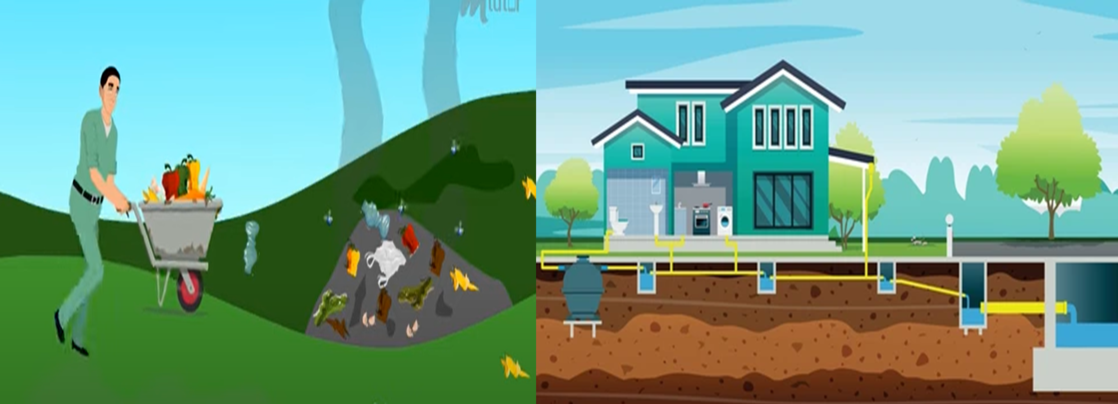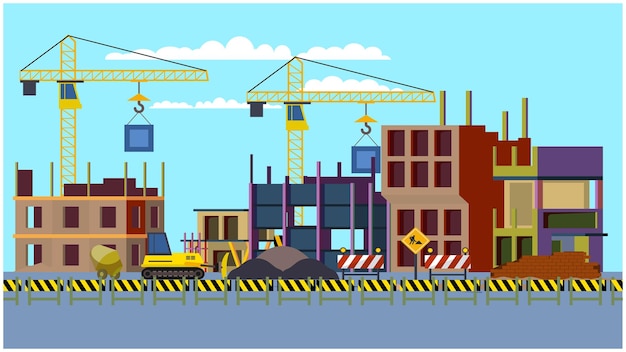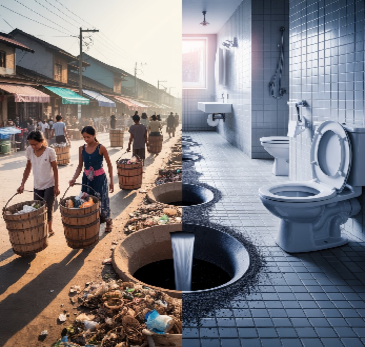
Conservancy and Water Carriage System
Introduction
Imagine living in a town where waste is still collected by hand, carried in buckets, and dumped far from homes. Now contrast that with a modern city where you flush the toilet and waste disappears into an underground system, never to be seen again. These two scenarios represent the Conservancy System and the Water Carriage System—two very different approaches to sanitation.
Both systems aim to manage waste and protect public health, but they work in drastically different ways. The conservancy system is an older, manual method, while the water carriage system is a modern, water-based solution. Let’s explore how each one functions, their advantages and disadvantages, and where they are used.
What is the Conservancy System?
This traditional system relies on human labour. Human waste also known as 'night soil,' is manually collected in containers like pans or pails and transported manually by workers. Solid waste is placed in dustbins and moved using handcarts or vans, while wastewater travels through open or closed drains.
Where is it used?
You will find this system in older towns or rural areas where water and underground drainage systems are limited or unavailable.
Advantages of the Conservancy System
- Low installation cost
- Requires very little water
Disadvantages of the Conservancy System
- Unhygienic and causes foul smells
- Manual handling risks workers’ health
- Pollutes soil and groundwater
- Toilets must be located outside the house
Due to these issues, this system is rarely used in modern sanitation planning.
What is the Water Carriage System?
This modern method uses water to transport waste through a network of underground sewers to treatment facilities. Toilets are flushed with 5–10 litres of water, and waste is safely carried away through pipelines.
Where is it used?
It is widely adopted in cities, residential colonies, hospitals, schools, and industrial areas where continuous water supply and sewer space are available.
Advantages of the Water Carriage System
- Highly hygienic and sanitary
- No foul smells or direct contact with waste
- Enables indoor toilets and compact building layouts
Disadvantages of the Water Carriage System
- The high initial cost of installation
- Requires continuous water supply
- Needs regular maintenance of sewers and treatment units
Types of Water Carriage System
- Separate System
- Combined System
- Partially Separate System
Conclusion
The shift from conservancy to water carriage systems marks a major leap in sanitation planning. While the conservancy system may still exist in some places, its health risks make it unsuitable for modern needs. The water carriage system, though costlier, ensures hygiene, safety, and sustainability—especially when the right type is chosen based on local conditions.
Curious about how these systems shape our cities?
Watch the video and discover how smart sanitation choices improve public health and urban living.







